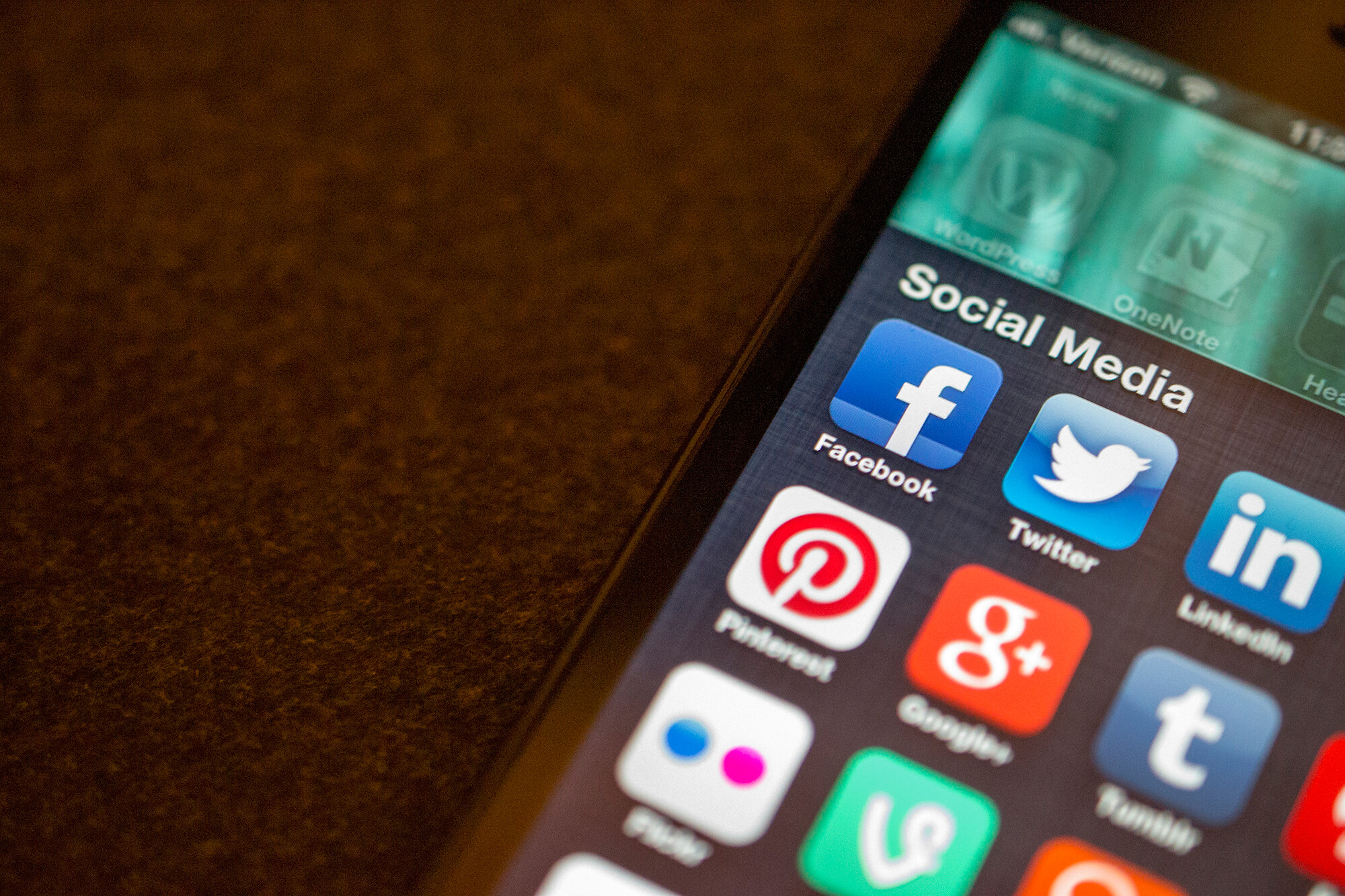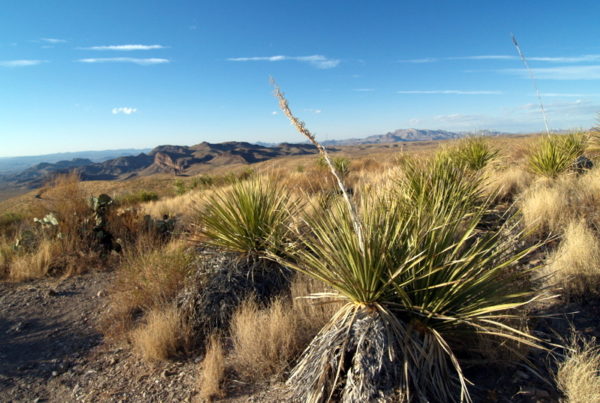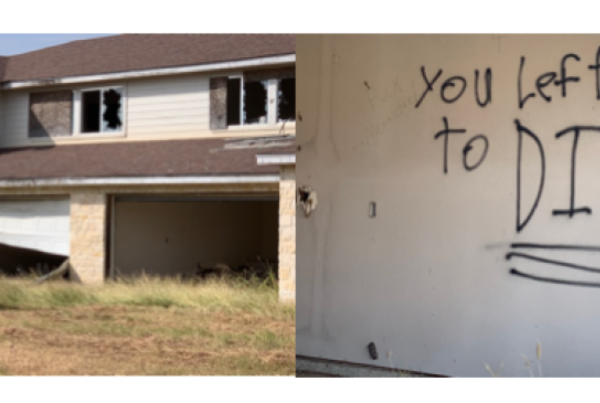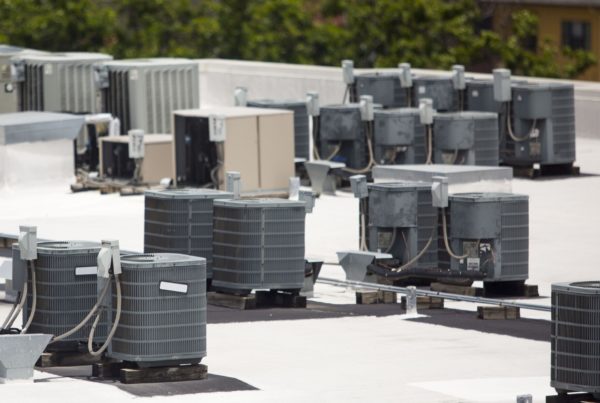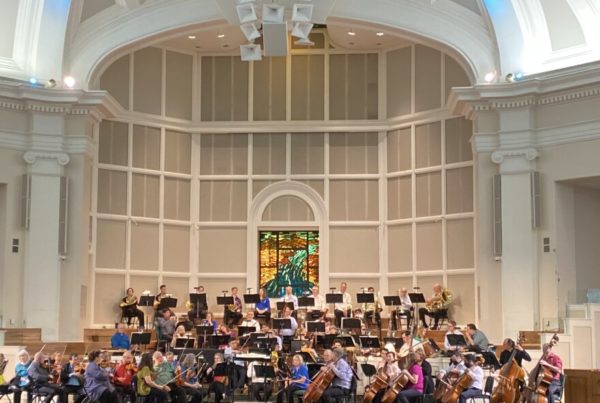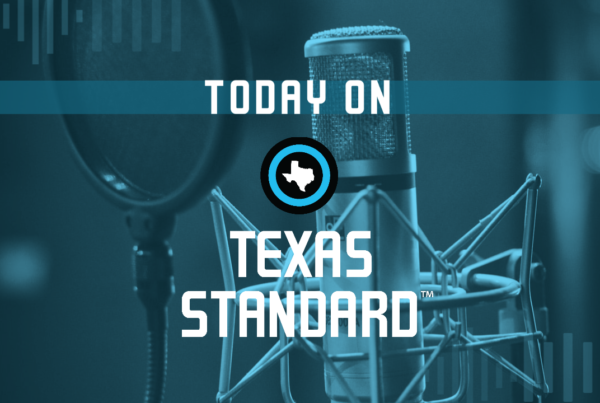Last month’s deadly school shooting in Uvalde has brought renewed attention to the increasingly common practice of monitoring social media activity among students. The goal is for schools to be more aware of threats of violence that might appear online, but it’s unclear whether these tools actually work as intended, and there are privacy risks for young people.
Ari Sen, a computational journalist at The Dallas Morning News, told Texas Standard that schools in Texas do more social media surveillance than those in any other state, according to an investigation conducted by the paper last fall. In Uvalde, the school district had purchased social media monitoring services, but it’s unlikely the monitoring identified the shooter to authorities, Sen says. Listen to the interview above or read the transcript below.
This transcript has been edited lightly for clarity:
Texas Standard: Just to be clear, a computational journalist digs into the data, and that seems to be what you and your colleagues have been doing when it comes to the extent of social media surveillance in Texas schools. What exactly did you find?
Ari Sen: Last fall, and over the summer, we dug into four different monitoring technologies that are used in school districts across Texas. We found over 200 school districts in Texas that had used one of these four services. And these four services ranged from social media surveillance to monitoring for email and keystrokes on student devices.
Do students realize that they are being watched by their school districts? I suppose it’s the school districts themselves that hire third-party services?
Yes, that’s right. The four services we looked at are called Social Sentinel, Securly, Gaggle and GoGuardian. And they’re usually hired by the school districts. And what we found in our reporting is that very often students and parents were not notified that these services were in place and had no real opportunity to weigh in on whether it was right for their kids to be monitored in this way. Because we don’t often know what school districts are using these services, what they’re using them for, and whether they’re effective. It makes it very difficult to determine for sure whether there have been specific privacy abuses. But I think in general, experts are very concerned that these services might be abused for other purposes, like monitoring protected First Amendment activity.
What about just on the Web more generally? Are these surveillance services where you put in the names of your students and their general location? And then these tools get to work?
For the social media monitoring services, they do monitor the broader web. So I have been spending a lot of time looking at a particular one called Social Sentinel. And what Social Sentinel claims to do is monitor social media and Twitter specifically for what they call the ‘language of harm.’ So, specific words and phrases that may indicate that a student is suicidal or might be about to commit some violence. And what they do from there is, if they find a tweet that is indicative of violence or self-harm, then they try to identify whether the Twitter author is connected to one of their client school districts.
How have schools used this information that they get?
What we found in our reporting is that very often these services don’t work the way that the companies say they do, or don’t work at all. So we’ve spoken to several school districts who have told us that these social media monitoring technologies – although they claim they could catch potential shootings and suicides – in actuality, what we’re seeing is that a lot of the things that are being gotten from these services are just false positives.
You reported recently that the Uvalde school district had a contract with a social media monitoring firm. Did the school district actually get information about the shooter or about any other threats before this tragedy?
From our reporting last year, we knew that Uvalde CISD had used Social Sentinel in the 2019-2020 school year. What we don’t know is whether they still have that service in place. And that’s something we’re trying to ascertain right now.
So we know that the shooter had an Instagram account that had photos of weapons and photos of the shooter. But because of the way that Social Sentinel works, it’s very unlikely that these posts would have been flagged to the school district.
Has a consensus emerged about whether or not these monitoring services are effective?
There hasn’t been a consensus, and I think the reason for that is that there’s very little transparency about how exactly the services work. There haven’t been any independent audits of the models they use, the training data they use. Everything has had to come from basically journalism – looking at documents from these different schools. I can say from my reporting on Social Sentinel, we have a lot of evidence suggesting that this service does not work as well as they claim it does.


